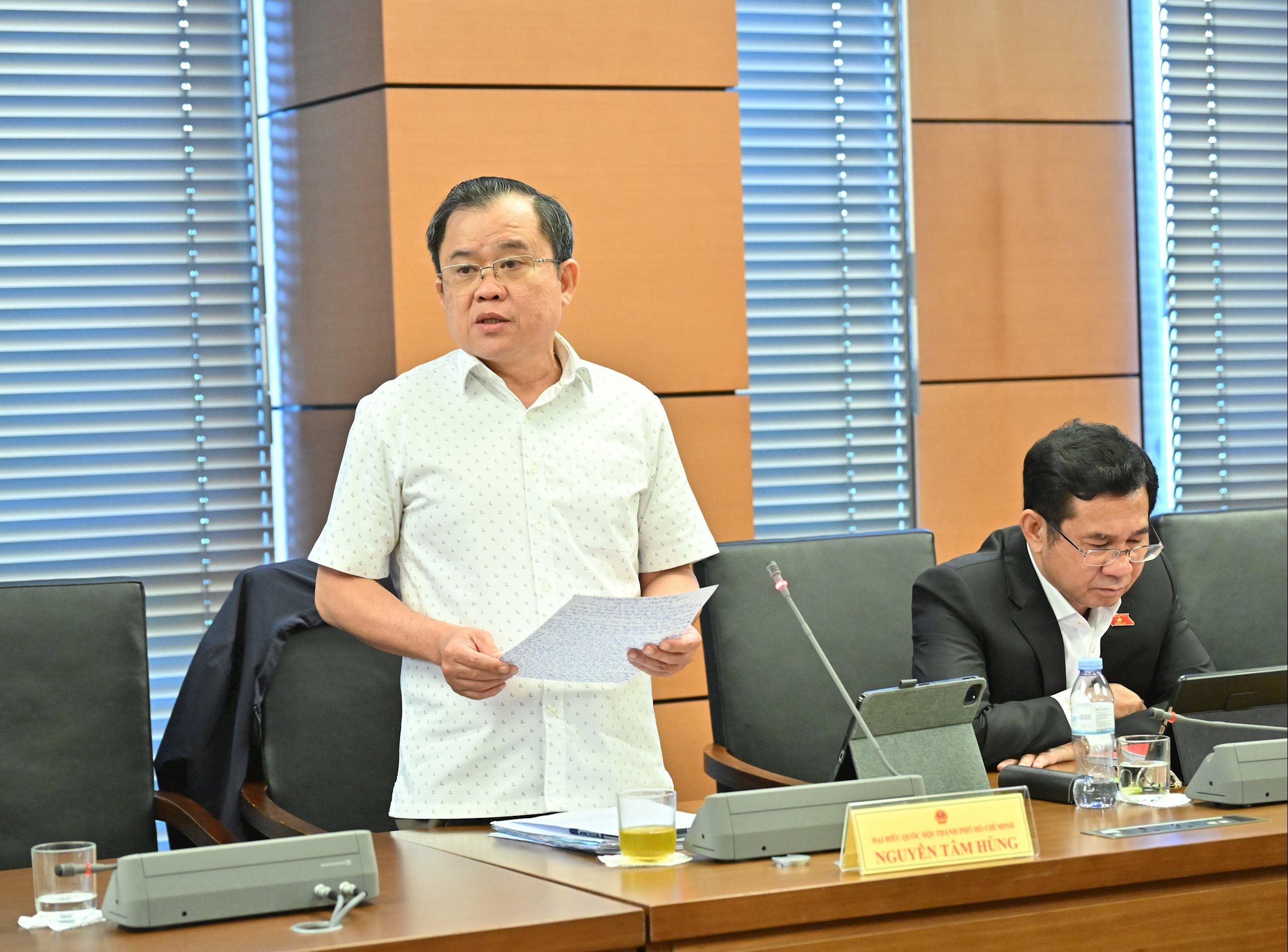
Commenting on the organizational model of the Civil Judgment Enforcement Agency in the draft, delegate Nguyen Tam Hung recommended that the Drafting Committee consider adjusting the organizational design so that the Civil Judgment Enforcement sector can truly become a strong pillar in the process of administrative and judicial reform, ensuring smoothness from trial - prosecution - execution, in accordance with current administrative practices.
According to delegate Nguyen Tam Hung, the goal of the draft Law is to be streamlined and effective, but the current organizational model still has many inappropriate points. The delegate cited that the provincial Civil Judgment Enforcement Agency is holding all the authority to organize enforcement, while the Regional Civil Judgment Enforcement Office is only a unit under the provincial level, has no legal status, no seal, no account and no authority to issue enforcement decisions. This leads to institutional incompatibility with the model of Regional Court and Regional Procuracy; giving rise to the situation of "going - coming" administrative in prosecution and enforcement organization, increasing costs, prolonging processing time, especially in cases requiring urgent enforcement decisions.

Delegates also pointed out the shortcomings when the draft stipulates a time limit for issuing a decision on enforcement within 5 working days. However, with the current model, the dossier must be sent to the provincial level for signing and then returned to the area of implementation, causing the procedure to be prolonged, prone to delays or omissions. Meanwhile, the Regional Procuracy has the authority to prosecute in the area, but there is no Civil Judgment Enforcement agency at the same level to directly supervise. This reduces the timeliness and effectiveness of judicial prosecution. In addition, the lack of legal status of the Regional Office makes the process of financial handling, enforcement, asset preservation, auction, etc. all dependent on the province, prolonging the time and increasing risks.
The delegates proposed to establish a 3-level Civil Judgment Enforcement Agency model including Central - Provincial - Regional; in which: Convert the Regional Civil Judgment Enforcement Office into a Regional Civil Judgment Enforcement Agency with legal status, seal, account, and separate headquarters; at the same time, this agency is assigned the authority to make decisions and organize the enforcement of judgments within the locality.
In addition, the Provincial Civil Judgment Enforcement plays the role of system administrator, handling large, complicated, inter-regional cases; the Regional Procuracy supervises the Regional Civil Judgment Enforcement. The Provincial Procuracy supervises the Provincial Civil Judgment Enforcement according to the principle of same level, same locality.
According to the delegate, this adjustment does not create additional focal points or staff, but only reorganizes reasonably on the basis of the existing structure, while shortening the processing line, increasing the responsibility of the head, and reducing state transaction costs.
“Streamlining the apparatus must go hand in hand with the transparency of public power and local responsibility. Designing a 3-level Civil Judgment Enforcement model, with the Regional Civil Judgment Enforcement Agency as the competent enforcement entity, will close the judicial cycle, remove bottlenecks, and ensure that legally effective judgments and decisions are enforced promptly, strictly and substantially,” emphasized delegate Nguyen Tam Hung.
Source: https://daibieunhandan.vn/thiet-lap-mo-hinh-phu-hop-de-bao-dam-chu-trinh-tu-phap-thong-suot-10394470.html






![[Photo] Opening of the 14th Conference of the 13th Party Central Committee](https://vphoto.vietnam.vn/thumb/1200x675/vietnam/resource/IMAGE/2025/11/05/1762310995216_a5-bnd-5742-5255-jpg.webp)




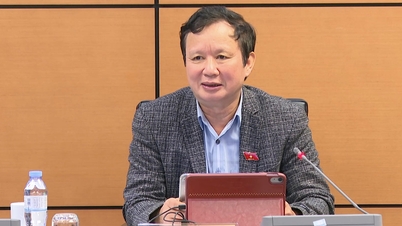

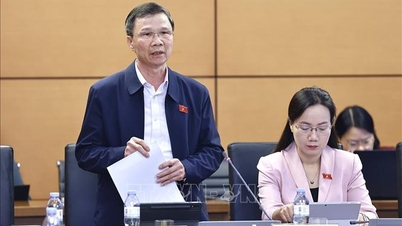


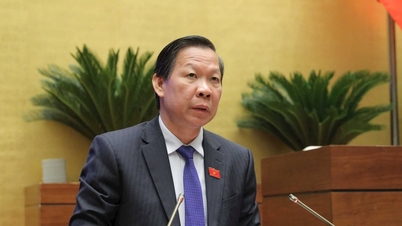

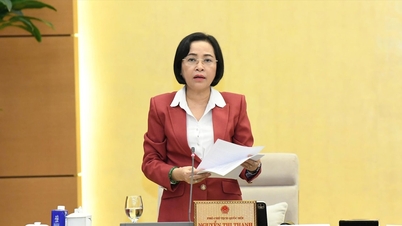











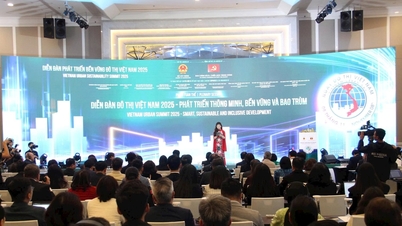




![[Photo] Panorama of the Patriotic Emulation Congress of Nhan Dan Newspaper for the period 2025-2030](https://vphoto.vietnam.vn/thumb/1200x675/vietnam/resource/IMAGE/2025/11/04/1762252775462_ndo_br_dhthiduayeuncbaond-6125-jpg.webp)




































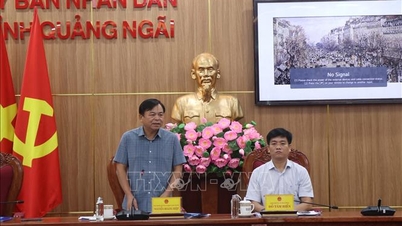





































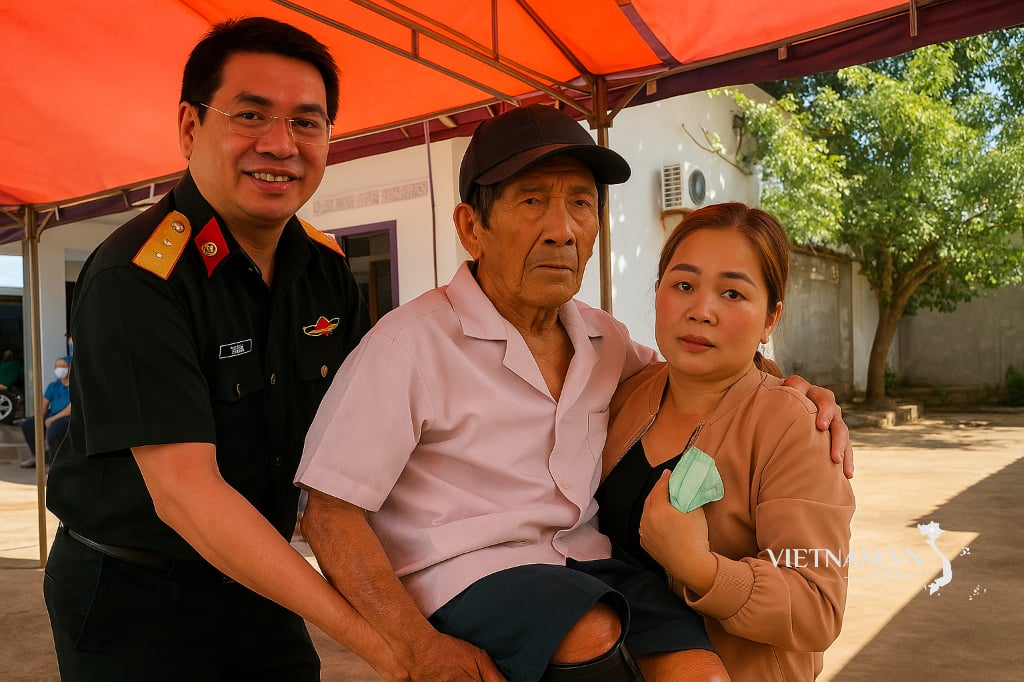
Comment (0)